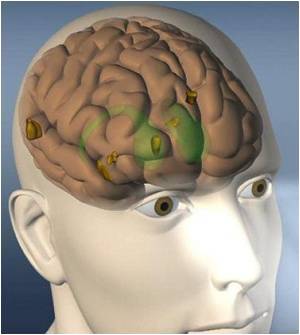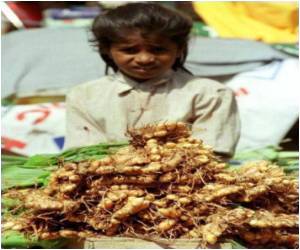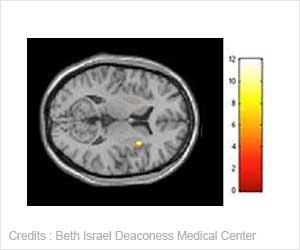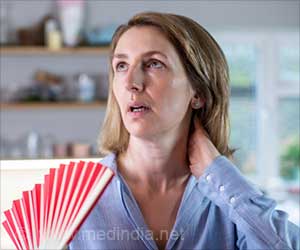A new hybrid drug, made partly from the chemical in the yellow spice turmeric, could help regenerate brain cells after a stroke, found US researchers after testing it on animals.

Human trials on the drug, which works by restoring pathways that feed neurons, could begin soon, according to scientist Paul Lapchak of Cedars-Sinai Medical Center.
The new drug does not attack clots, but if administered to rabbits in one hour, which translates to three hours in human time, it "reduced stroke-caused 'motor deficits' -- problems of muscle and movement control," the study said.
The hybrid compound, CNB-001, "crosses the blood-brain barrier, is quickly distributed in the brain, and moderates several critical mechanisms involved in neuronal survival," Lapchak said.
Lapchak presented the findings at the American Heart Association International Stroke Conference.
The spice by itself has proven problematic because it could not absorb well in the body or reach its target in high concentrations.
Advertisement
Currently there is only one approved drug treatment for ischemic stroke, which is caused by a blockage of blood flow to the brain.
Advertisement
A separate study published in Britain last year suggested curcumin could help alleviate liver damage in mice.
Source-AFP














